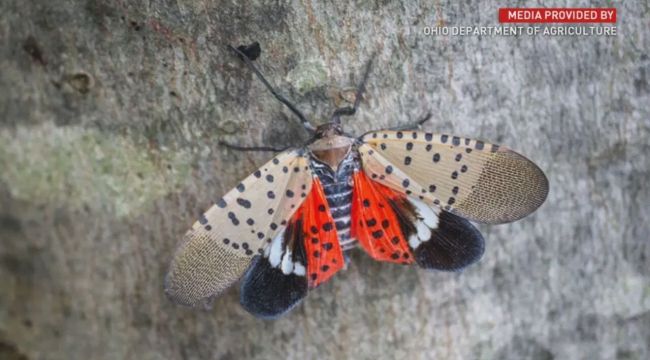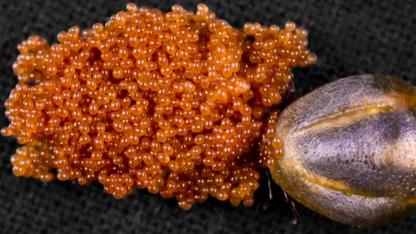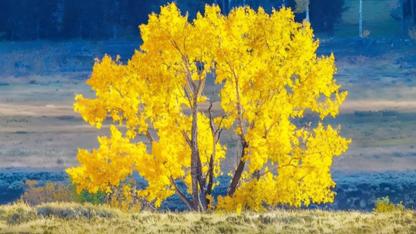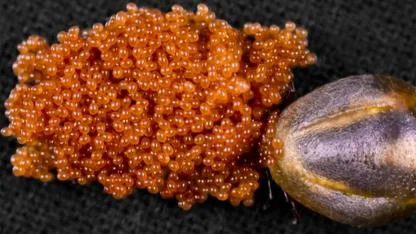WASHINGTON — A growing invasion of spotted lanternflies is sparking concern across the Eastern United States, as the pest spreads rapidly from New York to North Carolina and beyond. According to the U.S. Department of Agriculture, these invasive insects have now been confirmed in at least 19 states.
First discovered in Berks County, Pennsylvania in 2014, the spotted lanternfly originates from East Asia, including regions of China, Vietnam, and Korea. Though not dangerous to humans or animals—they don't bite or sting—the lanternfly is proving to be highly destructive to native plant life and agricultural crops.
The insect feeds by piercing plant tissue and sucking out sap, which weakens the plant and makes it vulnerable to disease. In the process, they excrete a sticky substance known as honeydew that encourages black sooty mold growth and attracts other pests. While the lanternfly prefers the invasive “tree of heaven,” it’s far from picky—feeding on over 70 plant species, including grapes, apples, and hardwoods.
States like New York and Pennsylvania are especially alarmed due to their robust wine industries. In April, sightings were confirmed in New York’s Finger Lakes region, where vineyards generate approximately $6.65 billion annually. The state boasts over 471 wineries and 35,000 acres of vineyards—assets now at risk.
Pennsylvania, the state where the lanternfly was first detected, relies heavily on its wine production too. With nearly 400 wineries and over 17,000 vineyard acres, the insect’s spread is threatening a $7 billion economic sector.
Researchers at Cornell University have launched an interactive tracking map showing sightings and established quarantine zones, with much of Pennsylvania and Maryland currently designated. Maryland officials are urging residents to avoid parking under trees and to be vigilant, noting that the state expects population surges in the coming years.
Further south, North Carolina and other affected states have launched public reporting systems to help track lanternfly populations. Officials are urging the public to participate by squashing the bugs and scraping off egg masses when found.
Lanternflies lay eggs on almost any surface—trees, rocks, vehicles, outdoor furniture. The egg masses, which look like grayish or brownish patches of dried mud, are particularly hardy and can survive cold winters. Nymphs begin hatching in early spring, with adults appearing from July through December.
Experts warn that early detection and active community involvement are key to controlling the infestation before it causes irreparable harm to agriculture and ecosystems.
















Yorumlar
Kalan Karakter: